Rare Rides: This 1972 Maserati Mexico Is Actually From Spain

Open the wood paneled glove box lid to find familiar fine-grain Italian leather driving gloves. Fingers twist a small, delicate key to ignite 4.7 liters of displacement sitting under the long, gleaming hood. Eyes are met with a proud golden trident, embedded in navy inside the three-spoke wheel.
Select “drive” with the polished wooden gearshift; it’s time for a grand tour.
Our last Rare Ride was a little blue Lancia Scorpion. Suffering from an identity crisis and a recently regulated America, the Scorpion was inherently compromised from the showroom floor. The Scorpion’s tale was a bit depressing, so today we take a look at a different sort of Italian coupe. This one’s a Spanish market import, from a time before the sort of regulation that ruined the Scorpion.
It’s the Maserati Mexico.
Of the more traditional grand touring style, the Mexico coupe foregoes mid-engine frippery for a no-nonsense V8 parked at the front (where it should be). Driving the rear wheels through an automatic transmission (even better), the Mexico ensures the driver has a smooth, comfortable ride for taking in all the sights of a grand tour. Seating for four regular-size passengers and space for their luggage is also on offer here. Let’s see a mid-engine Italian do that.
Produced between 1966 and 1972, the Mexico featured a design by Vignale. During seven years of production, just 485 examples rolled off the factory floor. Two engines were available, both featuring eight cylinders and either 4.2 or 4.7 liters of displacement. 175 received the 4.7, while the other 385 Mexicos received the smaller-displacement V8. The Mexico you see here has the larger 4.7.
The grand scale of this coupe comes down to its roots — the Mexico was built on the same platform as Maserati’s largest contemporary offering, the Quattroporte sedan.
Befitting its mission, the Mexico came standard with air conditioning, a leather interior, and wood covering the entire dash. The automatic on this example was an optional extra, as was the power steering (also fitted). Black on black, the best engine, both factory options — this isn’t an Italian for the budget-minded.
This one’s for sale on eBay right now in Santa Barbara, which lies south of the small town of Seattle, Washington. Asking price is just into the six figures, at $107,500. As we’ve seen before, this Maserati Mexico might be a case of, “Don’t like the price? Find another one.”
[Images via eBay]

Interested in lots of cars and their various historical contexts. Started writing articles for TTAC in late 2016, when my first posts were QOTDs. From there I started a few new series like Rare Rides, Buy/Drive/Burn, Abandoned History, and most recently Rare Rides Icons. Operating from a home base in Cincinnati, Ohio, a relative auto journalist dead zone. Many of my articles are prompted by something I'll see on social media that sparks my interest and causes me to research. Finding articles and information from the early days of the internet and beyond that covers the little details lost to time: trim packages, color and wheel choices, interior fabrics. Beyond those, I'm fascinated by automotive industry experiments, both failures and successes. Lately I've taken an interest in AI, and generating "what if" type images for car models long dead. Reincarnating a modern Toyota Paseo, Lincoln Mark IX, or Isuzu Trooper through a text prompt is fun. Fun to post them on Twitter too, and watch people overreact. To that end, the social media I use most is Twitter, @CoreyLewis86. I also contribute pieces for Forbes Wheels and Forbes Home.
More by Corey Lewis
Latest Car Reviews
Read moreLatest Product Reviews
Read moreRecent Comments
- Olivehead The Honda Civic wins on looks and interior material quality and style. The Civic looks like a scaled down "real" car (i.e., midsize) while the Corolla never lets you forget what it is-a compact car, harkening back to the Tercel, etc. No comparision either in the interior materials of the Civic (a notch below Acura level) and general layout. There too, the Corolla comes off as a compact runabout. The Civic hatchback is especially cool.
- Mike Beranek While the product may appear to be "better", only time will tell. The American automotive environment can chew a car up and spit it out. Will these Chinese EVs survive like a quarter-century old Cavalier, or will they turn out like VinFast's "cars"?
- Mike Beranek This police vehicle will be perfect for when the State of Florida starts tracking every pregnancy.
- Dave M. The Highlander hybrid, a larger, heavier vehicle, gets better mpgs. Why? Also, missed opportunity - if Toyota had made this a hatchback, they could have scooped up the "want a Tesla S but not ready for a full EV" crowd, however small or large they may be....
- TheMrFreeze Difficult call...the more the mainstream automakers discontinue their more affordable models and only sell crazy overpriced EVs and trucks, the more appealing the idea of letting in cheap imported cars becomes with the buying public. If the government is going to impose tariffs on Chinese vehicles, at the same time they need to be getting with the Big 3 and telling them to fill the void with affordable models and not use the tariff as an excuse to simply raise prices. Otherwise, public pressure could see the tariffs withdrawn.I seem to recall the last administration put a 25% tariff on Chinese steel, at which point the US manufacturers immediately used the opportunity to raise their prices 25%...that needs to not happen.



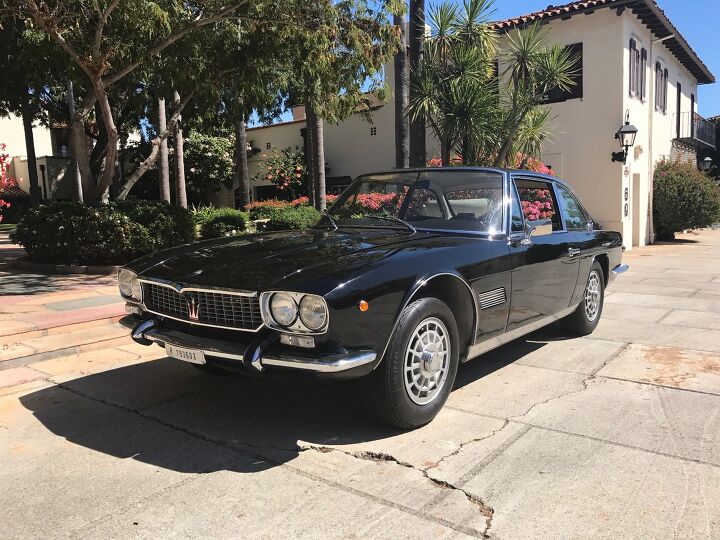

















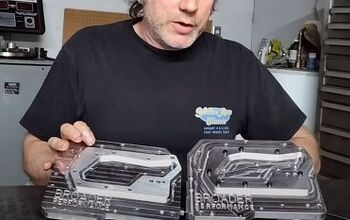
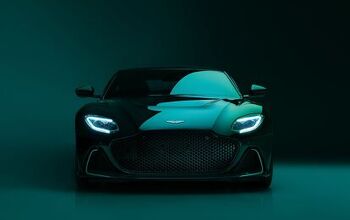
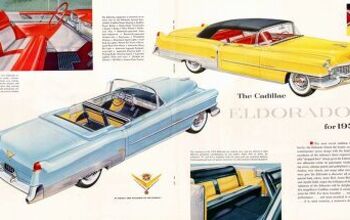
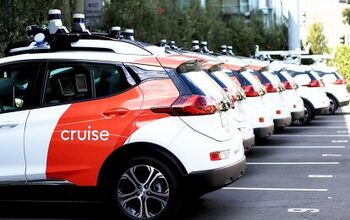

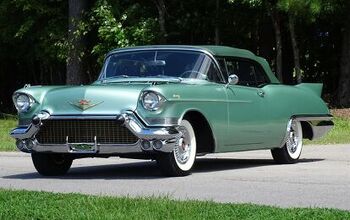
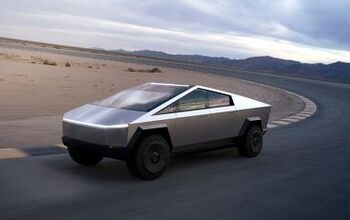
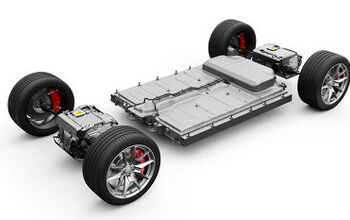
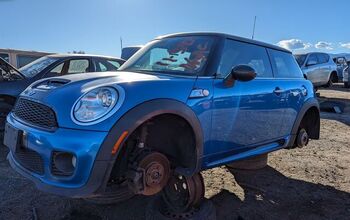
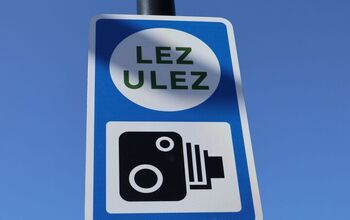
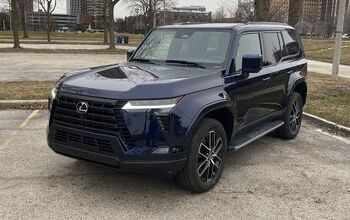

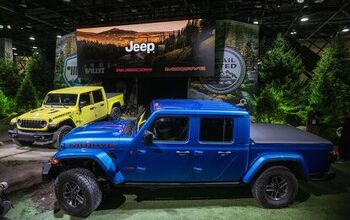
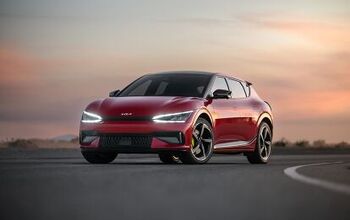
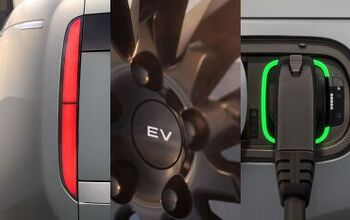
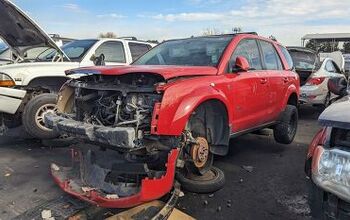
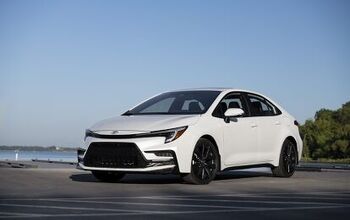
Comments
Join the conversation
I hate cutting and pasting, but the wikipedia entry clears up a lot of misunderstanding & misinformation. “ Maserati Mexico's design derived from a 2+2 prototype bodywork shown on the Vignale stand at the October 1965 Salone di Torino[2] and built upon a 4.9-litre 5000 GT chassis,[3] rebodied after it had been damaged. As the car after the show was sold to Mexican president Adolfo López Mateos, the model became known as the Mexico.[4] By coincidence, John Surtees won the Mexican Grand Prix on a Cooper-Maserati T81 the following year”...per Wikipedia. These cars are exceedingly rare,
Looks kind of like if a Jag and an Aston Martin had a baby. I like it though.